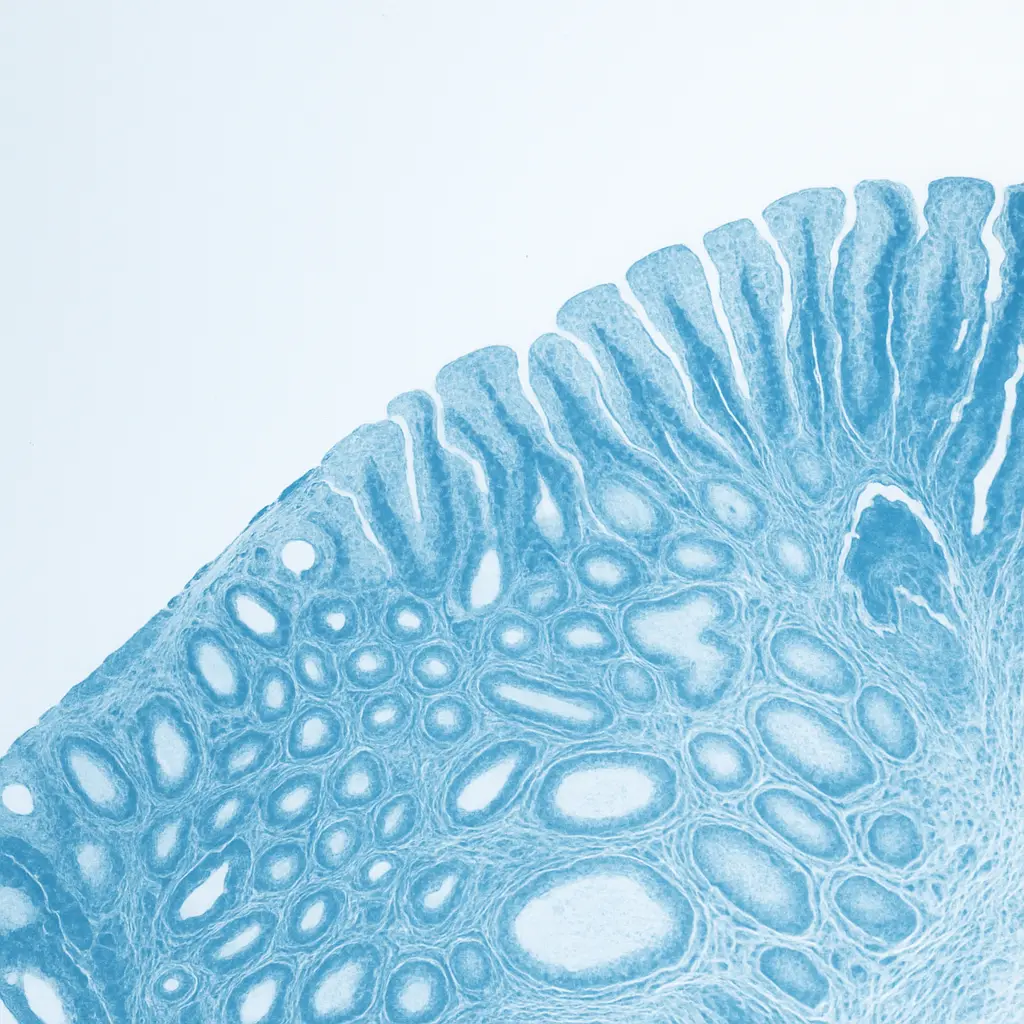Become a bionic cell therapist in just 6 months
– your path to greater freedom and success
With Cell Education, you can quickly become independent from your practice.
Independent of practice operation
Provide therapy, teach, and give lectures online, from anywhere in the world.
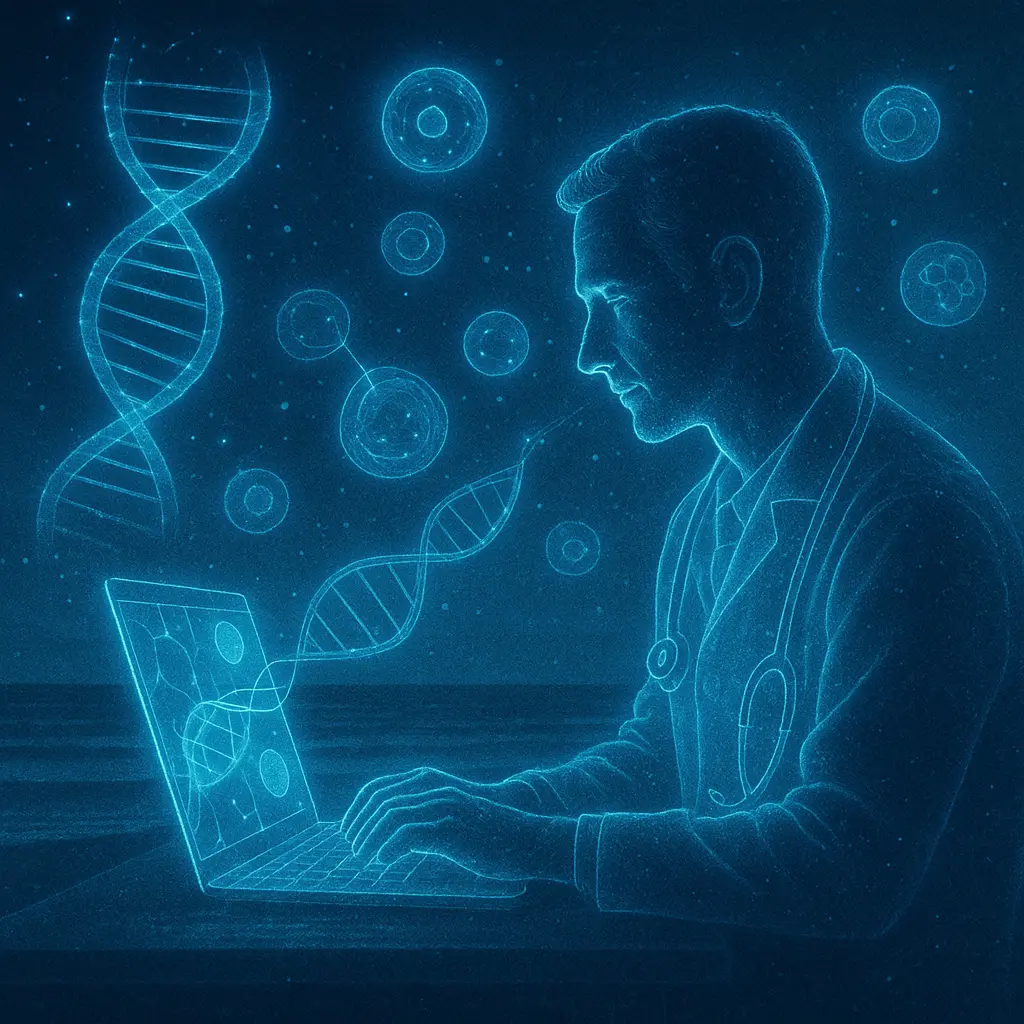
Profitable range of services
Expand your therapies and ensure economic success.
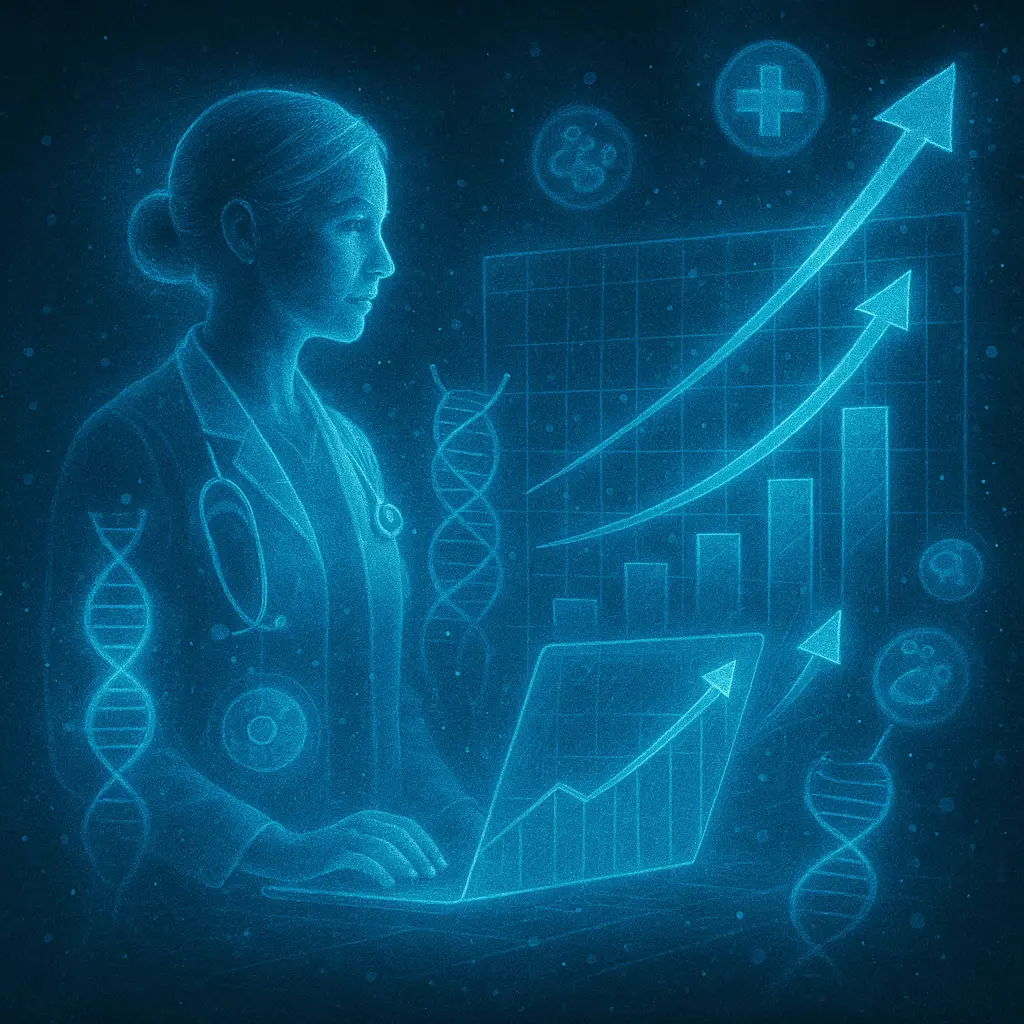
International network
Benefit from our campus membership and global contacts.
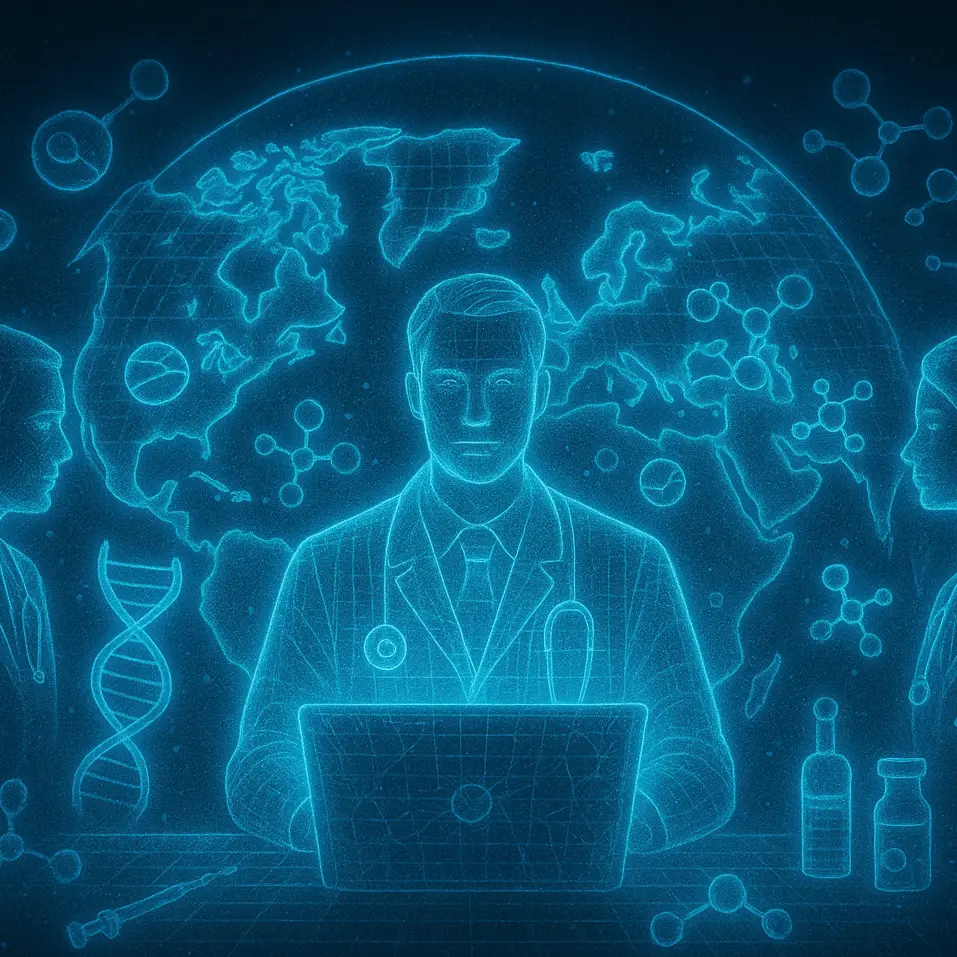
Who is bionic cell therapy suitable for?
The training is aimed at anyone who wants to not only support health, but also actively and holistically shape it.
Medical professionals
... who want to deepen their expertise through epigenetic and modern biological findings.
Therapy and health companion
... want to support people with a holistic understanding of the body and health.
Alternative practitioners
... who want to integrate scientifically sound principles into their work.
Trainers
... who want to expand their activities in the areas of health, prevention, and performance enhancement.
Healthcare and nursing staff
... who want to provide systemic, cause-oriented, and sustainable support.
Health-conscious people
... want to take responsibility for their own well-being and understand health comprehensively.
Book a dynamic course
– 1.5 hours of flexible continuing education per week.
Group course (live + recordings)
In 60 hours, we will guide you step by step through the basics and application of bionic cell therapy. Weekly live sessions (Wednesdays) + recordings available in the participant profile.
Start now- 60 hours total duration
- Weekly chapters
- Wednesday from 4:00 p.m. to 6:00 p.m.
- Access to records in profile
100+
Over 100 therapists have already completed training in bionic cell therapy.
Areas of application for cell therapy
Cell Education offers specialized programs and concepts for the following areas.
Health
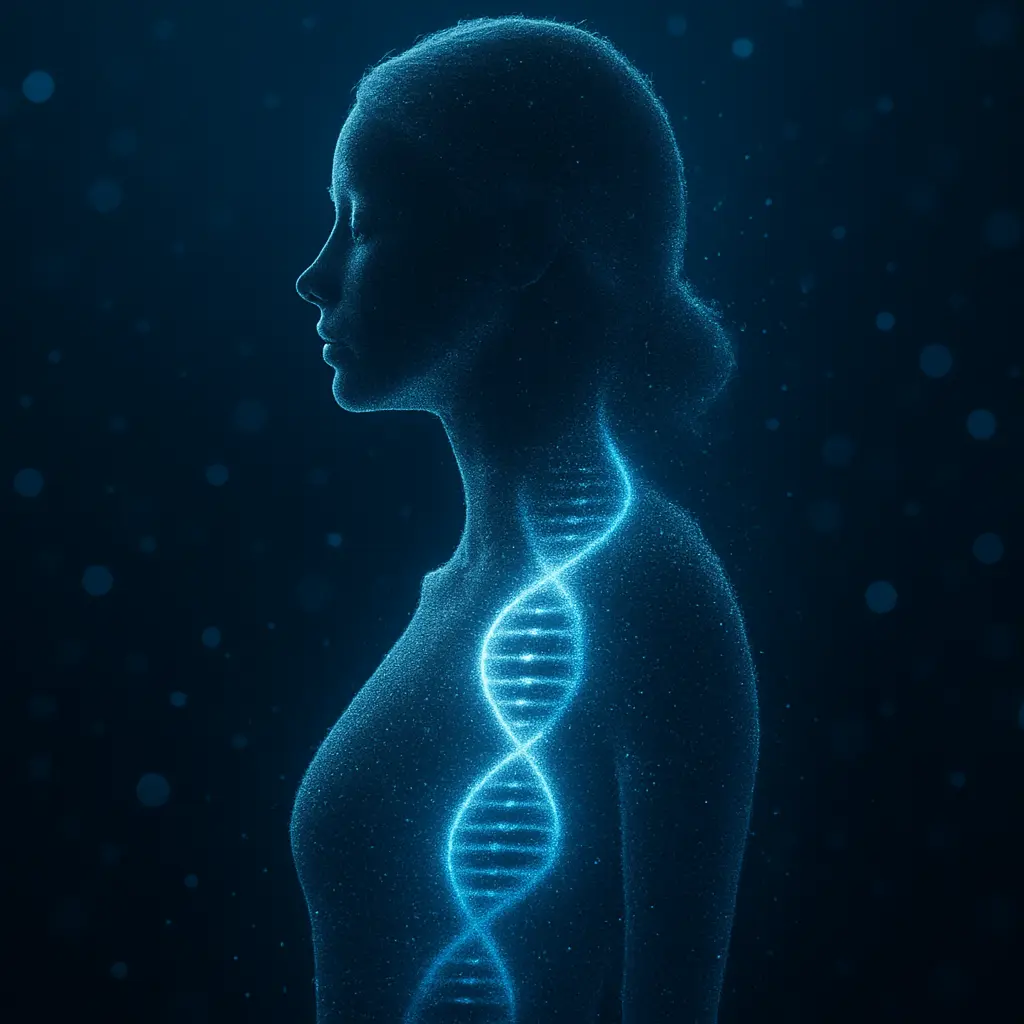
Use for long-term conditions such as diabetes, cardiovascular disease, and autoimmune diseases.
Longevity
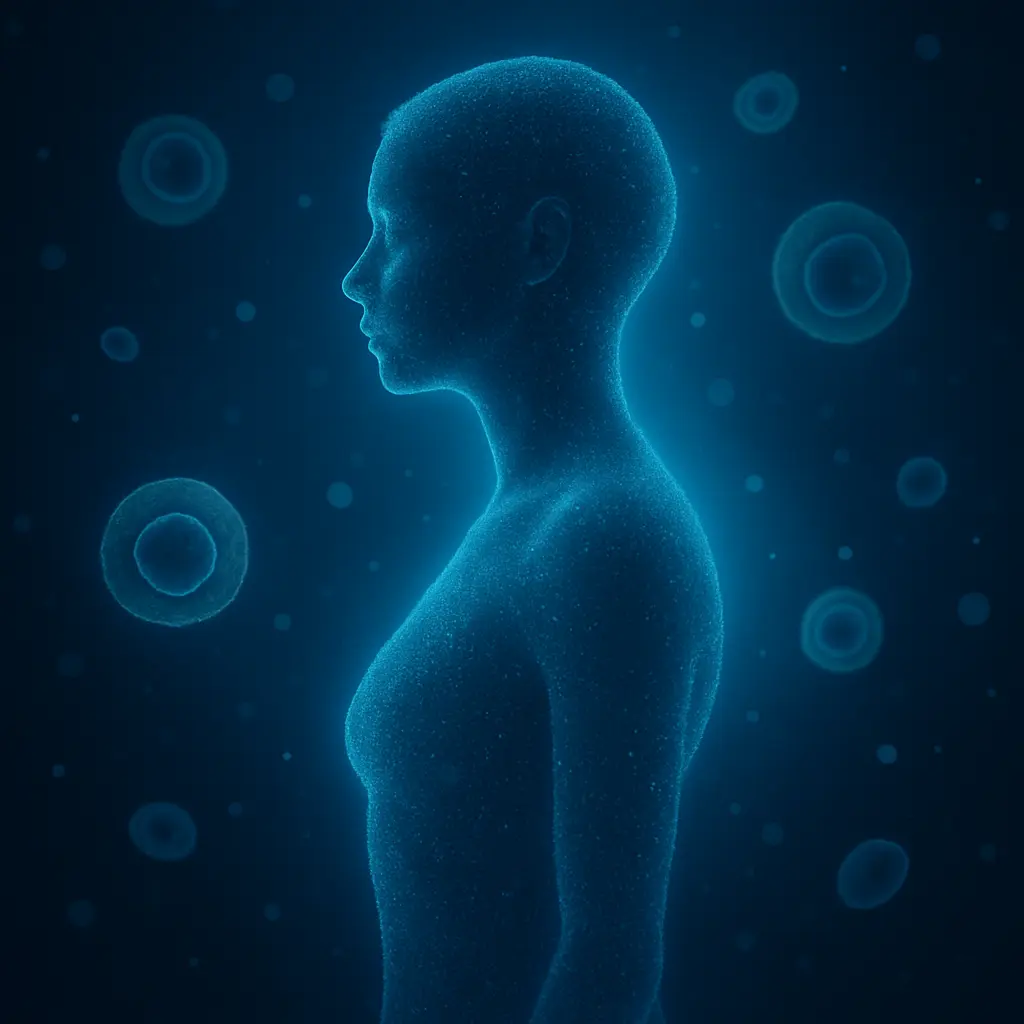
Applications aimed at delaying the aging process and improving quality of life.
Aesthetics
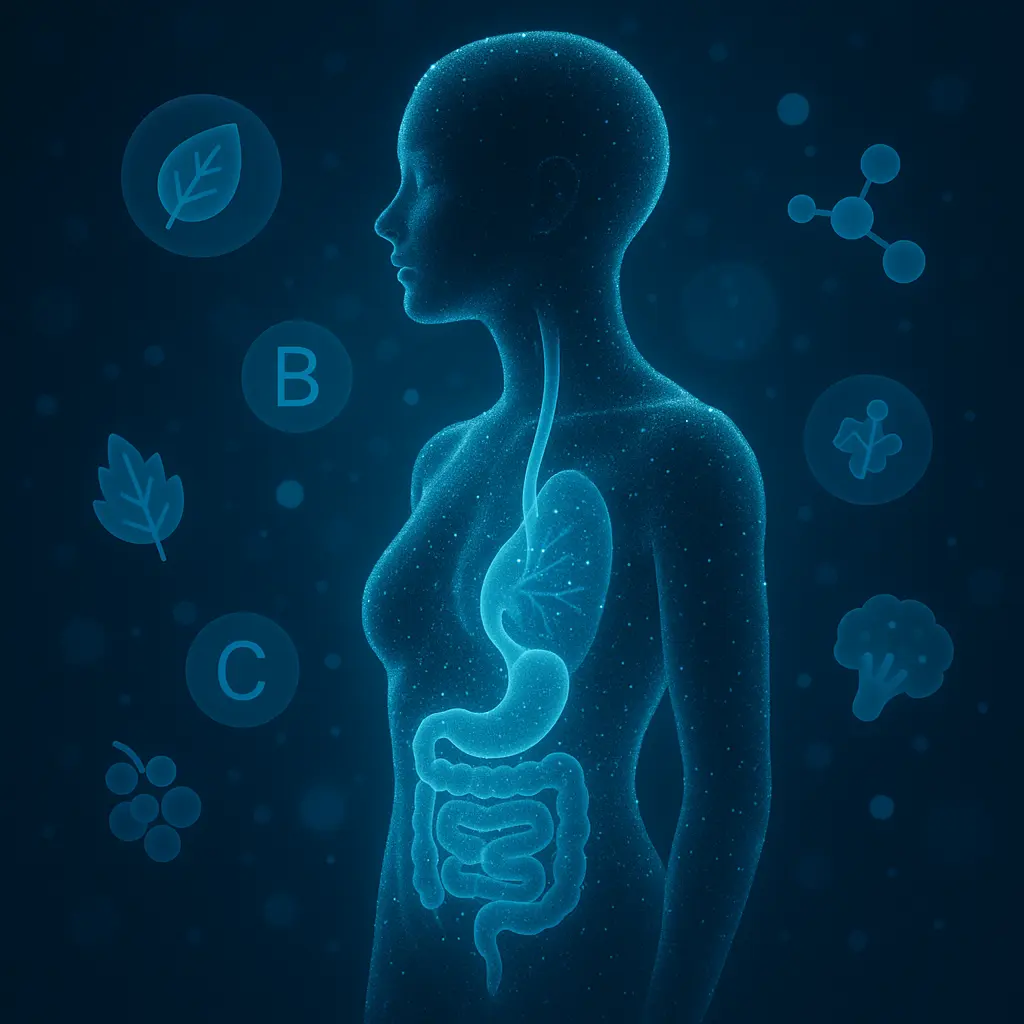
Use in nutrition science to support specific dietary goals and improve nutritional health.
Performance

Use for optimizing physical performance and faster recovery.
Application of cell therapy
Cell Education's programs demonstrate how cell therapy works at the cellular level, for example through demethylation, senescence reduction, gene activation, and optimization of mitochondrial processes.
Energy Management
The therapy increases aerobic energy storage and conserves anaerobic reserves—ideal for intense exercise such as sprints or other high-performance activities.
Mitochondrial Function
The treatment leads to an increase in functional mitochondria and an increase in VO2 max.
Tissue Regeneration
There is a reduction in senescent cells in the tissue, supported by the activation of the p53 gene, as well as a reduction in the mTOR signaling pathway.
Genetic Regulation
Demethylation reverses the silencing of DNA, enabling these genes to be reactivated (stop gene silencing).
Frequently asked questions
Here are some frequently asked questions about cell therapy.
The main goal of cell therapy is to regenerate damaged cells and improve cell function. This is achieved by promoting mitochondrial production and regeneration, allowing cells to regain their full functionality. These processes enable cells to produce energy more efficiently and provide important proteins and hormones that are necessary for health and well-being.
An unhealthy lifestyle with a lack of exercise and poor nutrition leads to damage to cell structures and impaired cell function. Cell therapy addresses these problems through individualized training programs and nutrition plans that aim to optimize metabolism and promote cellular health. These measures help to reduce damage and improve cell function.
Cell therapy involves several specific measures, including the activation of AMP-activated protein kinase (AMPK), which plays a key role in mitochondrial regeneration and biogenesis. It also involves increasing the production of intracellular antioxidants such as glutathione peroxidase (GPO) and superoxide dismutase (SOD), which help cells protect themselves from oxidative stress.
In the long term, cell therapy can lead to a reduction in biological aging, an improvement in general health, and an increase in life expectancy. By revitalizing cell functions and reducing inflammation in the body, diseases such as cardiac arrhythmia, dementia, and Parkinson's can also be delayed or reduced.
The mTOR pathway is a key regulator of cell growth and protein production. Reducing this pathway through cell therapy promotes the conversion of fats into ketone bodies, a more efficient and healthier source of energy than sugar. This not only contributes to weight control and improved energy supply, but also improves tissue deacidification, which has a positive effect on cell and organ function.

